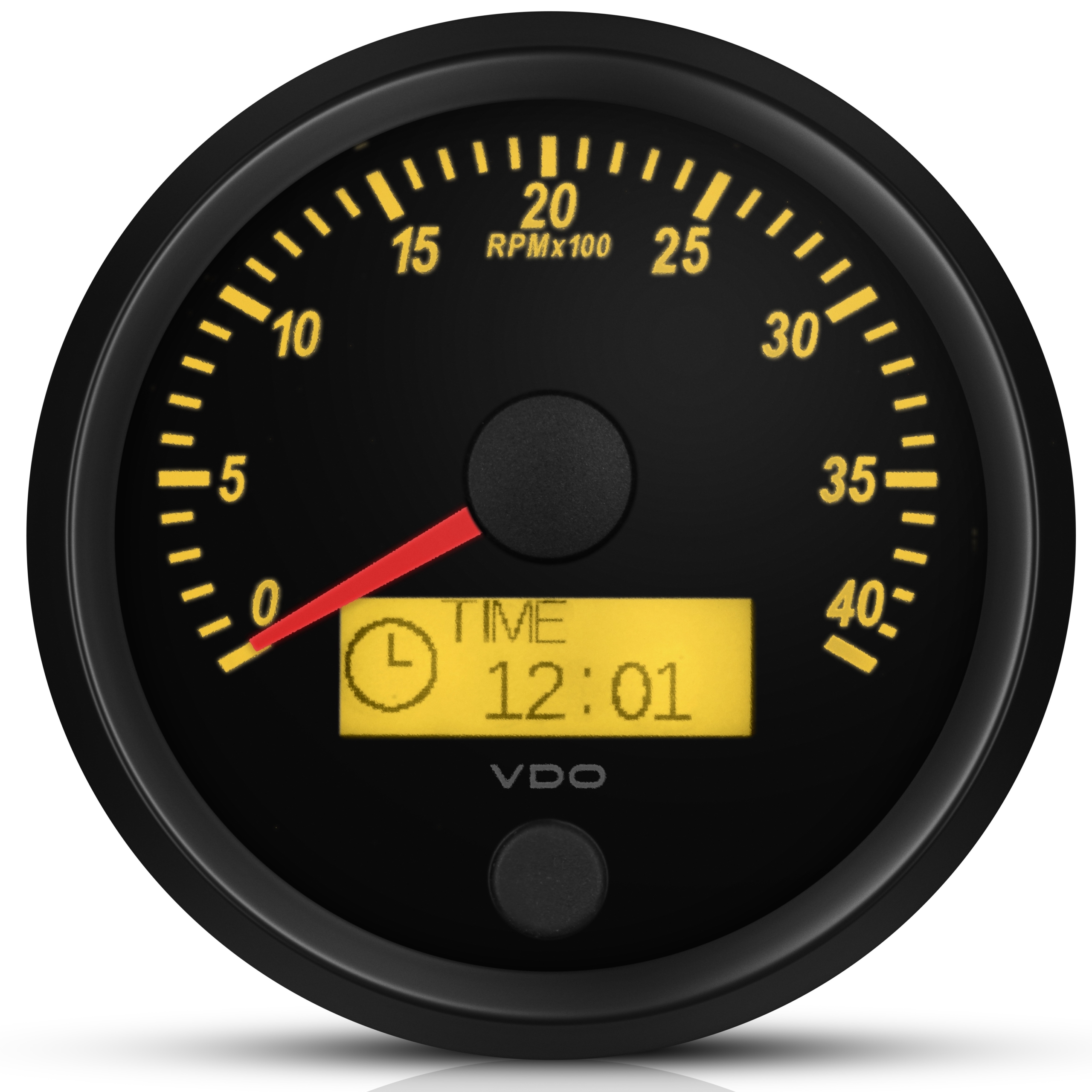Tachometer Essential: Every Little Thing You Required to Know for Accurate Readings
Tachometer Essential: Every Little Thing You Required to Know for Accurate Readings
Blog Article
The Significance of a Tachometer in Monitoring Engine Speed and Efficiency in Automotive Applications
In the realm of auto engineering, the tachometer stands as a crucial instrument in the vehicle driver's toolbox, giving a direct home window right into the inner operations of a car's engine. Past its function as a simple scale of revolutions per minute (RPM), the tachometer acts as an important tool for fanatics and professionals alike, using real-time understandings into engine efficiency and health. Comprehending the relevance of this device exceeds surface-level monitorings, diving right into the detailed connection between engine rate, power result, and overall driving experience. As we check out the complex function of the tachometer in automobile applications, a much deeper gratitude for its influence on lorry dynamics and efficiency begins to emerge.
Relevance of Keeping Track Of Engine RPM
Keeping an eye on engine RPM, or revolutions per minute, is a vital element of automobile maintenance and performance evaluation. Engine RPM straight associates with the rate at which the engine's crankshaft revolves, suggesting exactly how rapidly the engine is running - tachometer. By keeping track of RPM, mechanics can assess the health of the engine, identify prospective issues, and fine-tune efficiency. An abnormal RPM analysis may indicate problems such as engine misfires, faulty stimulate plugs, or issues with the fuel distribution system. Consistently high RPM analyses might indicate hostile driving behaviors or the requirement for a higher equipment shift to boost gas performance.
Additionally, keeping track of engine RPM is crucial for efficiency assessment in auto racing and high-performance cars. Keeping optimum RPM degrees is crucial for accomplishing peak power output and velocity. Racers often make use of tachometers to ensure they are operating within the optimal RPM variety for maximum efficiency. In recap, keeping track of engine RPM is not just important for finding issues however additionally for optimizing engine efficiency in numerous automobile applications.

Advantages of Real-Time Information
In automotive applications, real-time data plays a vital duty in giving instant insights into the performance and condition of the vehicle. By continuously keeping track of different specifications such as engine speed, temperature, fuel consumption, and much more, real-time data offers various benefits that add to enhanced efficiency and safety on the road.
Furthermore, real-time data assists in performance optimization by providing prompt feedback on driving behaviors and engine effectiveness. Drivers can change their behavior in real-time based on this details to accomplish better fuel economy and extend the lifespan of their automobile.

Moreover, real-time information plays a vital duty in contemporary auto diagnostics, allowing professionals to rapidly detect and address breakdowns. This results in minimized downtime, reduced maintenance expenses, and inevitably, improved general car integrity and longevity (tachometer). By taking advantage of the power of real-time information, automotive stakeholders can make educated choices that favorably influence both the performance and durability of the vehicle
Effect On Equipment Shifts
Reliable equipment changes in automotive applications substantially influence general efficiency and driving experience. The tachometer plays a crucial role in enhancing gear shifts by providing real-time engine speed data to the motorist. When coming close to the redline on the tachometer, it signifies the vehicle driver to upshift to avoid over-revving the engine and causing potential damage. On the other hand, downshifting at the best moment can assist preserve the check engine in its power band, making sure receptive velocity when required.
Furthermore, the tachometer aids in achieving smoother equipment changes, specifically in hands-on transmissions. By checking engine rate, chauffeurs can carry out gear shifts at the optimum RPM array, minimizing jerking motions and decreasing wear on the transmission parts. This accuracy on duty modifications not only boosts driving convenience but also adds to sustain performance.
Enhancing Fuel Efficiency
Offered the essential function the tachometer plays in optimizing gear changes for performance and engine wellness, it directly adds to optimizing fuel performance in vehicle applications. By providing real-time responses on engine speed, the tachometer aids chauffeurs in maintaining one of the most efficient RPM variety for fuel economic climate. When chauffeurs continually keep an eye on the tachometer and adjust their driving behaviors appropriately, they can stay clear of unnecessary fuel intake brought on by over-revving or hauling the engine.
In addition, the tachometer helps motorists recognize the most fuel-efficient equipment to be in at any kind of provided minute, protecting against the engine from working harder than necessary. In conclusion, the tachometer serves as an important tool in improving fuel efficiency by promoting optimal driving habits and determining areas for improvement in the vehicle's performance.

Optimizing Engine Durability
The tachometer's duty in keeping an eye on engine speed and efficiency is instrumental in making sure the longevity of vehicle engines. Keeping track of the tachometer enables vehicle drivers to remain within the advised RPM variety browse around these guys for their lorry, avoiding unneeded strain on the engine and prolonging its lifespan.

Conclusion
Finally, the tachometer plays a vital role in checking engine speed and efficiency in vehicle applications. By offering real-time information on RPM, it permits reliable gear changes, boosted gas efficiency, and taken full advantage of engine durability. This tool is necessary for maintaining ideal engine efficiency and guaranteeing the total functionality of an automobile.
Report this page